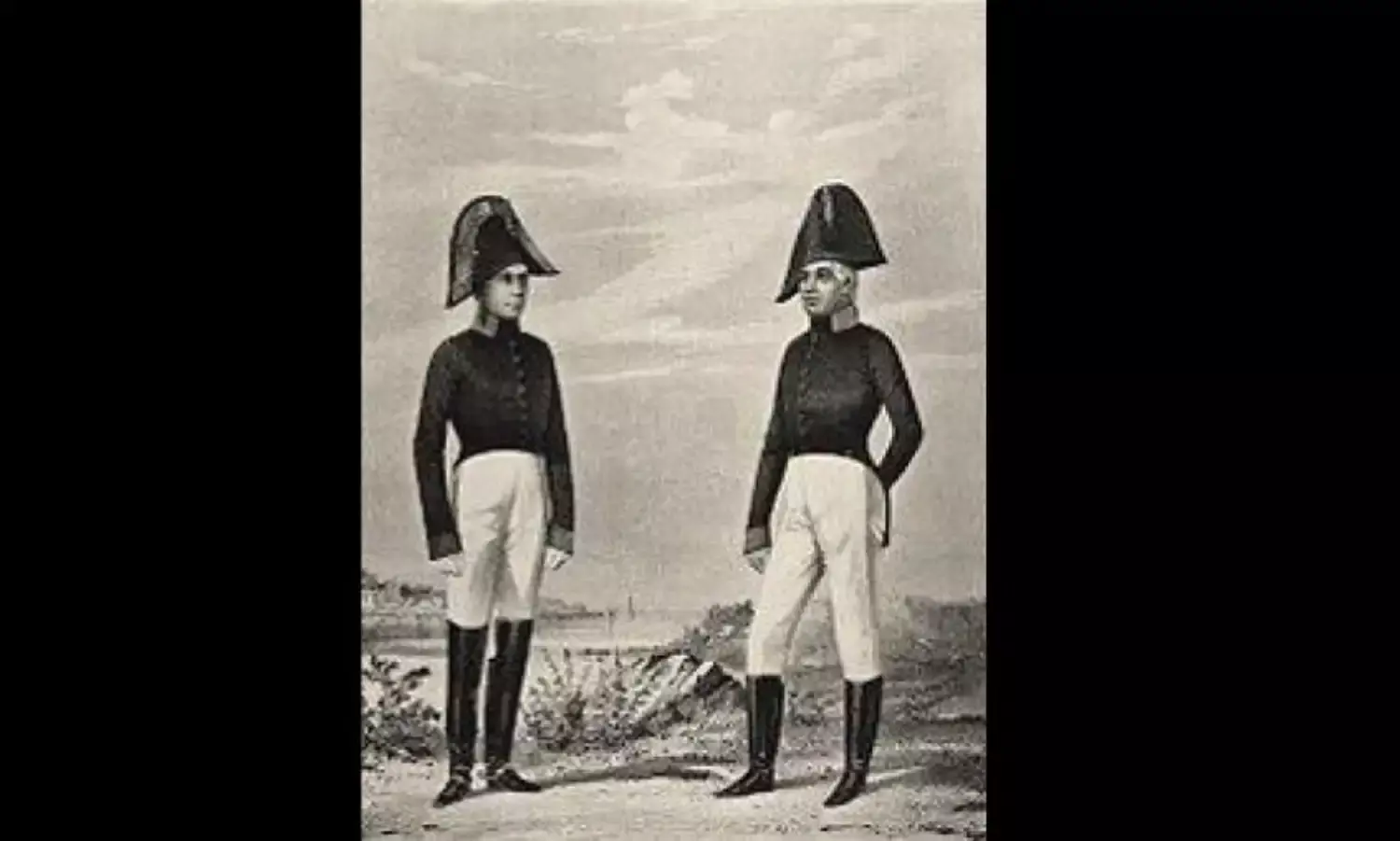The Demeaning Colonial Legacy of The Batman in the Indian Army
Soldiers reduced to domestic servants

The Indian Navy (IN) Chief of Staff Admiral Karambir Singh recently issued directives to curb ‘subservient behaviour’ in his service, restrict outdated ceremonial practices and humanise social interaction between officers and men.
These long belated guidelines call for serving the same food, drinks and cutlery to officers and naval ratings at official functions, discontinuing the provision of multiple ‘stand-by’ cars for the IN chief and discouraging presentation of bouquets on ceremonial occasions.
"As a modern fighting force, it is important that we imbibe contemporary, social and ceremonial practices optimal utilisation of manpower and resources," stated the IN Chief’s edict detailing future proscribed practices
Thereafter, numerous serving and retired service personnel hoped that Adm Singh’s proclamation would have a salutary effect on the Indian Army (IA), that continues to unashamedly continue with Colonial practices, of which the ubiquitous batman or orderly is possibly the most illustrative.
“The batman system in the army is demeaning for soldiers and should have been done away with years ago” said former Major General Sheru Thapliyal. It’s feudal in nature and has no place in the army as it tries to modernise itself, he added.
Over several decades a majority of batmen are treated little better than domestic servants by officers and their families, a role that robbed them of their self-esteem and made them the object of scorn in their units, another senior officer declared.
The raft of videos recently posted on social media by a succession of batmen-rechristened sahayaks-detailing their degradation at the hands of officers, has received much media attention and embarrassed the army.
These videotapes portrayed many batmen expiating over being forced to undertake household chores like cooking, cleaning, gardening and even walking the dog, which was not at all their responsibility.
In some instances, in smaller cantonments, they even had to take the officers children to school besides washing and polishing their cars car and even buying vegetables and fruit from the local mandi.
Ironically, unlike the IA, the IN and the Indian Air Force never had a tradition of batmen. Instead, they employed civilian non-combatants at market wages in their officers’ residences and messes.
The term batman evolved in the British army during the inter-War years before which they were known as Soldier-Servants.
And in the British and Indian armies in the run up to independence in 1947 and shortly thereafter, when officers typically came from the privileged classes, it was not unknown for a batman to follow them into later civilian life as domestic servants.
For officers batmen were meant to be "runners", to convey their orders to subordinates, maintain their uniform and personal equipment like valets and drive their vehicles, at times even in combat conditions.
Batmen often acted as the officer’s bodyguards and in deceptively vague military jargon were required to perform other ‘miscellaneous tasks’ demanded by the officer.
This latter, nebulous responsibility in the British Indian army, particularly in Pakistan’s North West Frontier at times ended up as a euphemism for sexual liaisons between some officers and their batmen.
Many 19th and 20th century regimental histories hint broadly at steamy relationships between officers and their Pathan batmen.
When these associations became known they resulted either in dishonourable discharges, or the ‘honourable’ alternative of the officer shooting himself to evade regimental and familial disgrace.
Numerous British Indian army accounts are replete with senior officers subtly leaving behind a pistol for the compromised officer to ‘do the right thing’ by shooting himself.
For enlisted soldiers, on the other hand being a batman in the early years after independence was usually seen as a desirable position.
He was exempt from more onerous soldierly duties like parades, patrols and combat, often got better rations and other favours from his officer and family with many even receiving fast promotions, becoming corporals and even sergeants.
Over decades the IA has periodically talked of doing away with batmen; but that’s where it has remained: mere talk.
But senior IA officers said if implemented, it is expected to free up 25,000-30,000 combatants-or more than a regular Indian army corps-and sending them back to re-join their units as regular soldiers.
In exchange, the army has half-heartedly proposed to replace batmen-renamed as 'sahayaks' (assistants or helpers) some years ago in a feeble effort at distancing itself from its colonial heritage-with civilian personnel.
This change-over, as part of newly proposed reforms to economise on men and treasure, entails hiring thousands of civilians dubbed Service Assistants and Non-Combatant Assistants at an annual outlay of Rs 1.78 billion.
Together these two categories would sustain some 46,000 officers in the 1.2 million-strong IA by looking after their personal needs that too need clear demarcation. Its time to end the practice of providing free servants in olive green for IA officers, at state expense.



